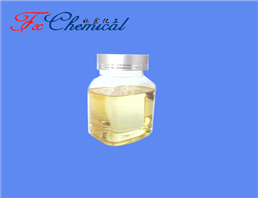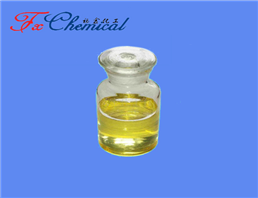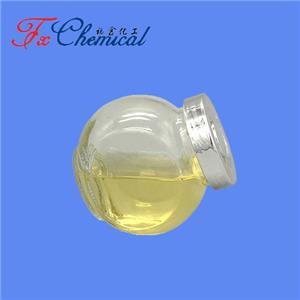
Product Details
| Product Name: Soybean oil | CAS No.: 8001-22-7 |
| EC-No.: 232-274-4 | Min. Order: 1kg |
| Purity: 99% | Supply Ability: 1000kg |
| Release date: 2025/10/21 |
Soybean oil is a vegetable oil extracted from the seeds of the soybean (Glycine max). It is the most widely consumed cooking oil globally and a major commodity in the agricultural and food industries. Its popularity stems from its relatively low cost, neutral flavor, high smoke point for refined versions, and versatile applications that extend far beyond the kitchen.
Production and Processing
The journey from bean to oil involves several steps. First, soybeans are cleaned, dehulled, and rolled into flakes to increase surface area. The oil is then extracted, typically using a chemical solvent like hexane. The resulting "crude" soybean oil must be refined to be palatable and safe. This refining process includes:
Degumming: Removal of phospholipids (lecithin).
Neutralization: Free fatty acids are removed with an alkali, improving stability.
Bleaching: Color pigments and impurities are filtered out.
Deodorization: High-heat steam distillation removes volatile compounds responsible for undesirable odors and flavors.
This final step produces a clear, light-yellow oil with a neutral taste, suitable for a wide range of culinary uses.
Composition and Nutritional Profile
Soybean oil's composition is its defining characteristic. It is primarily composed of polyunsaturated fats (about 61%), making it one of the most polyunsaturated vegetable oils. Its approximate fatty acid breakdown is:
Polyunsaturated Fat: 61% (mainly linoleic acid, an omega-6, and alpha-linolenic acid, an omega-3)
Monounsaturated Fat: 24% (mainly oleic acid)
Saturated Fat: 15% (mainly palmitic and stearic acid)
This high level of polyunsaturated fat is a double-edged sword. It is often promoted as heart-healthy for its ability to lower LDL ("bad") cholesterol. However, the high omega-6 content, without a balanced intake of omega-3s, can contribute to inflammation in the body when consumed in excess. Soybean oil is also a natural source of Vitamin E, a powerful antioxidant.
Culinary and Other Uses
Cooking: Its high smoke point (around 450°F or 230°C for refined oil) makes it excellent for frying, sautéing, and baking. It is a common ingredient in margarine, shortenings, mayonnaise, salad dressings, and packaged foods.
Industrial: Beyond food, soybean oil is a key raw material (feedstock) for the production of biodiesel. It is also used in the manufacturing of inks, paints, plastics, adhesives, and lubricants.
The Hydrogenation Issue
To increase shelf stability and create solid fats for processed foods, soybean oil was frequently partially hydrogenated. This process created artificial trans fats, which are now known to be severely detrimental to cardiovascular health. Due to regulations, this practice has been largely phased out in many countries, with food manufacturers switching to interesterified soybean oil or other alternatives.
In summary, soybean oil is a ubiquitous, versatile, and economically important fat. While its neutral flavor and high smoke point make it a kitchen staple, its high polyunsaturated fat content requires mindful consumption as part of a balanced diet to maintain a healthy ratio of omega-6 to omega-3 fatty acids.



Company Profile Introduction
You may like
Recommended supplier
| Product name | Price | Suppliers | Update time | |
|---|---|---|---|---|
| $/ |
VIP5Y
|
RongNa Biotechnology Co.,Ltd
|
2025-04-29 | |
| $46.00/1kg |
Hebei Zhuanglai Chemical Trading Co.,Ltd
|
2024-05-13 | ||
| $5.00/1kg |
VIP2Y
|
Henan Fengda Chemical Co., Ltd
|
2024-04-16 | |
| $1.00/20kg |
Wuhan ShuEr Biology Technology Co.,Ltd
|
2022-08-30 | ||
| $0.00/1g |
VIP6Y
|
Shaanxi Dideu Medichem Co. Ltd
|
2020-04-21 |
- Since: 2006-04-03
- Address: Room 2015, No.2 Building Kaixin Mansion, No.107 Jinqiao Ave, Wuhan, China
+8613986145403
info@fortunachem.com











 China
China